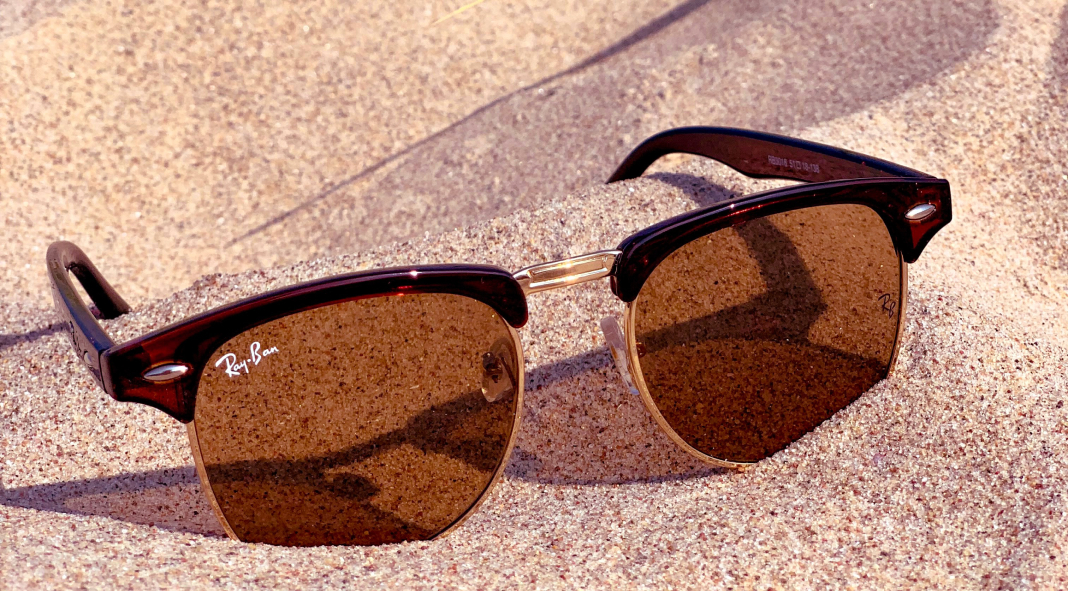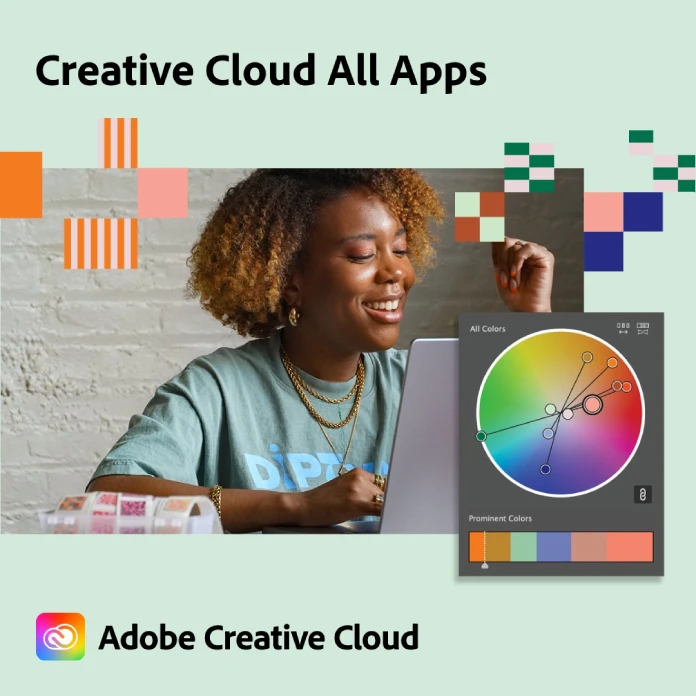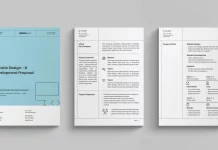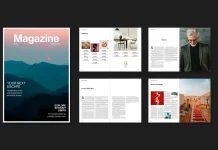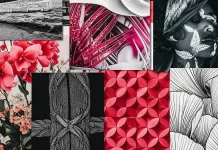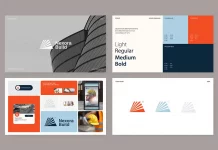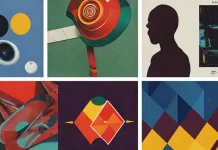Ray-Ban has been in the eyewear industry for over 80 years, having cemented its role as one of the best-selling eyewear brands. As discussed in Flux Magazine’s feature on this EssilorLuxottica-owned brand, its unparalleled success can be attributed to excellent marketing capabilities and effective branding. Even with new competitors popping up every few years, Ray-Ban sunglasses remain recognizable as the height of luxury while also appealing to a broad consumer base.
But another crucial factor to Ray-Ban’s ability to stand out from the crowd is its timeless design. Here’s a closer look at the four design principles responsible for catapulting Ray-Ban into becoming an iconic eyewear brand.
1. Design with a purpose in mind
Before being recognized for the diverse designs of its product line, Ray-Ban first introduced itself to the world by creating a pair of sunglasses specialized for U.S. Army pilots. Now popularized as the Aviator model, the aviators were originally designed in 1936 to “ban rays” from pilots’ eyes without entirely obscuring their vision. As a result, the pilots enjoyed greater visibility during flights and fewer cases of headaches and nausea from the sun’s glare. By 1937, the Aviators were sold to public consumers as sunglasses that balanced aesthetics with functionality.
2. Communicate your identity through your design
Another design lesson worth learning from Ray-Ban is how to visually communicate your brand identity and core values through your product. Since the eyewear company values timelessness, authenticity, and self-expression, the various styles of Ray-Ban sunglasses embody those exact principles. The Aviator has stood the test of time, from being worn in the military in the 1930s to further breaking into popular culture after being featured in Tom Cruise’s film Top Gun. The Clubmaster signifies a timeless design inspired by the retro 1950s, while the Wayfarer’s style knows no boundaries in gender expression ever since it was popularized by James Dean in Rebel Without A Cause and Audrey Hepburn in Breakfast at Tiffany’s.
3. Don’t be afraid to reinvent and innovate
As Ray-Ban grew and expanded throughout the decades, it kept reinventing its core product to truly prove that its sunglasses would always stay in style. Similar to how the eyewear brand Sayon innovated by using wood as the frame material for sunglasses and eyeglasses, Ray-Ban has also been endlessly experimenting with frame and lens construction. It has released the iconic designs of Aviator, Clubmaster, and Wayfarer in metal, plastic, carbon fiber, and even bio-based nylon with organic content like nylon. Ray-Ban also offered these frame styles with tinted, photochromic, and inverted lens options for greater variety.
4. Let the technology follow the design
Ray-Ban is also among the key players in the emerging market for smart glasses. But what’s interesting about the flagship Ray-Ban Stories is the principle of technology following the design and hardware of the glasses. In partnership with Meta, advanced features like the built-in camera, speakers, and microphone are made to blend into classic Ray-Ban sunglasses to make them suitable for everyday use. This guiding design principle thus enables the Ray-Ban Stories to remain sleek and cool instead of appearing unsightly when loaded with technical components.
In essence, Ray-Ban’s glasses are a masterclass in design, as they are able to represent functionality, personality, and innovation all at once. Such examples also demonstrate just how essential it is for a brand to be able to adapt to ever-changing times, markets, and needs while remaining true to its core identity.
Header image by Karlis Reimanis via unsplash.com. Feel free to browse through the Design section on WE AND THE COLOR for more creative inspiration.
Subscribe to our newsletter!

